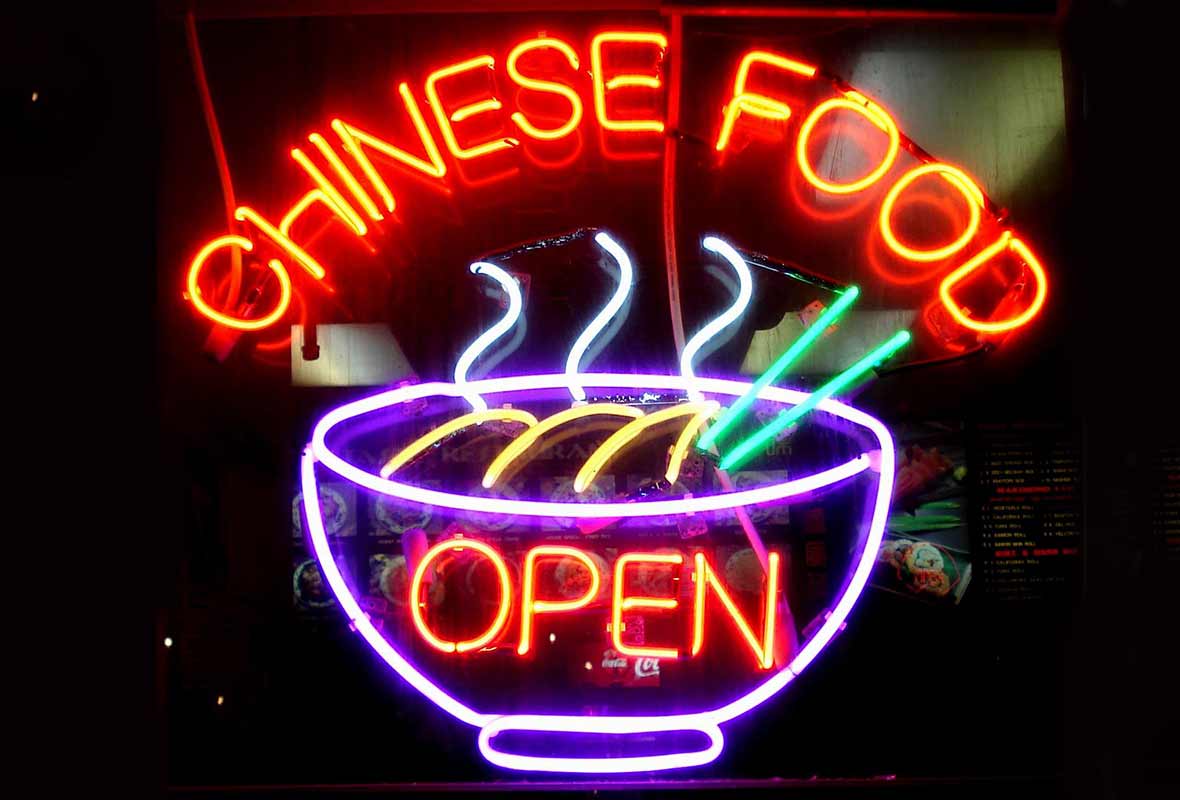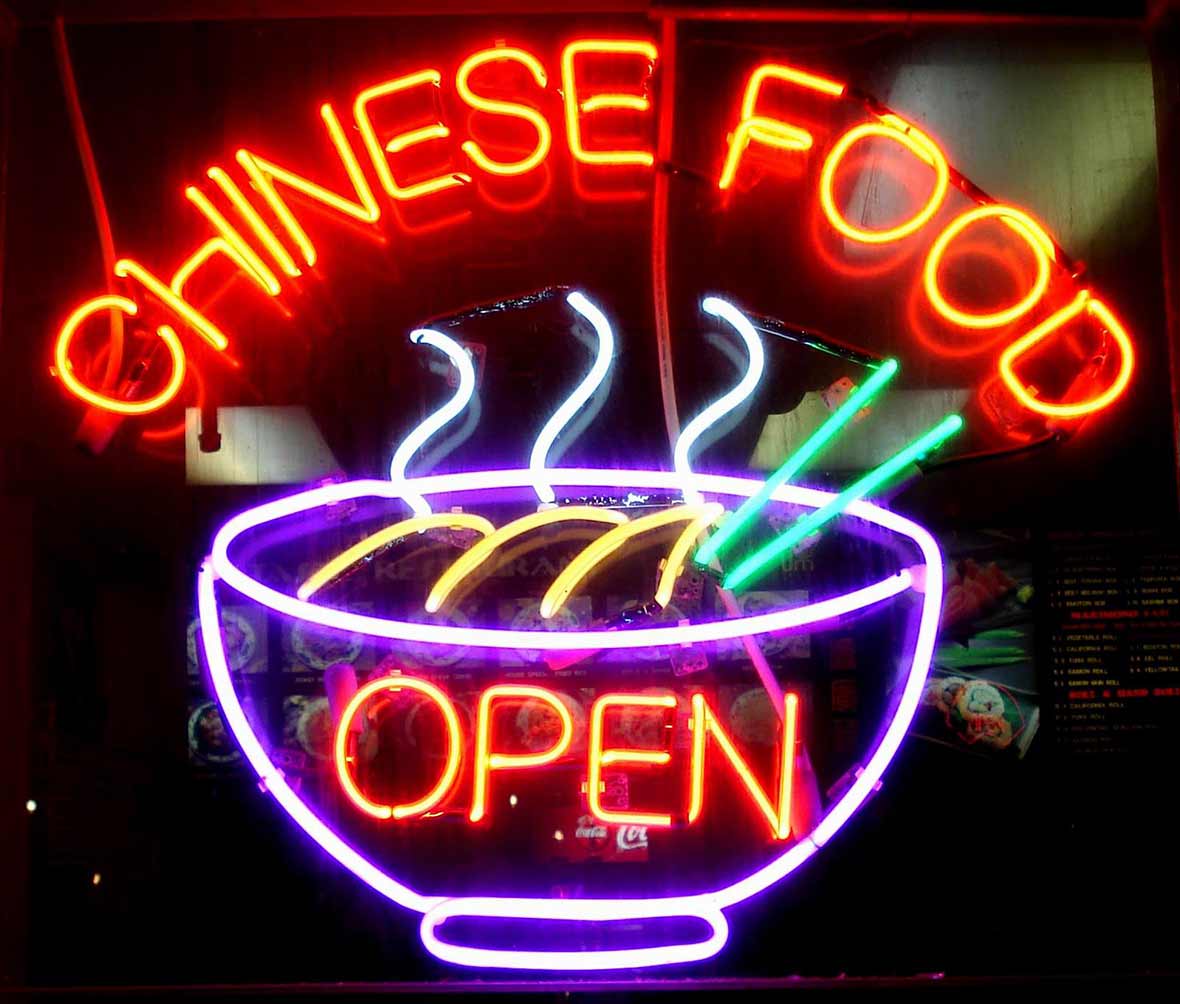

Adapted and expanded from Zeren Wilson | A. Wong: The Cookbook | Mitchell Beazley, 2015
Each time we order greasy takeout Chinese or do dim sum, it happens. And by “it,” we mean we find ourselves at a loss as to how to pair wine and Chinese food.
Each. Damn. Time.
Until we picked up A. Wong: The Cookbook and happened upon some savvy advice on that very topic from Zeren Wilson, who writes about an array of things, including the London restaurant scene, at his blog Bitten & Written. We shamelessly threw ourselves at the mercy of Wilson, seeking his insights, and he couldn’t have been more obliging. His counsel includes a single, affordable, easy-to-remember solution to any Chinese food situation (spoiler alert: Riesling!), but he also divulges more specific wisdom to help you make informed wine decisions no matter the menu or your mood. Here’s what Wilson kindly had to say, as excerpted from A. Wong and our email conversations.—Renee Schettler Rossi
The myriad complexities and intricacies of Chinese cuisine involve enough tricky considerations to send many wines scurrying for the hills, with China’s 14 national borders offering such a tremendous diversity and richness of cultural influences. It’s one vast playground for drink matching.
All-Purpose Wine Pairings for Chinese Food
Aromatic white wines with plenty of fresh acidity tend to be a good “all-purpose” pairing, and in this category, one grape variety stands tallest: Riesling. It’s great with steamed dim sum, and the off-dry versions, particularly German examples, can even cope with fiery chile dipping sauces (including sweet chile), the residual sugar helping to dampen the chile heat. Lusher aromatic whites, such as New World pinot gris, Gewürztraminer, and Viognier should also have enough in the locker to cope.
In terms of reds, New World Merlot is great, as it has a succulence and ripe, dark fruit that can blast through sweetness and help tame that chile heat. (Tannins accentuate chile and can make them appear hotter!) Californian Merlot, Chilean Merlot, or Cabernet/Merlot blends from the Mclaren Vale work well. Or a good Australian Shiraz from the Barossa Valley. Fuller bodied pinot noirs can be good too, such as Chilean pinot noir or Central Coast pinot noirs from Santa Barbara. Pinot noir and Merlot both have naturally more supple tannins so are two good options when looking for wines which don’t have too much ‘grip.’ Syrah/Shiraz also has less obtrusive tannin structure than, say, a straight Cabernet Sauvignon.
With fatty dishes, bright acidity is the key, as this cuts through fat and cleanses the mouth. Riesling naturally has very high acidity, as does Sauvignon Blanc and Chenin Blanc, particularly Chenin Blanc from its homeland in the Loire. For reds, pinot noir is fantastic with both duck and pork, particularly from cooler climate Burgundy, or cooler parts of California like the Sonoma Coast, and Carneros in Napa. Oregon pinot noir also.
Sweetness and chiles are the enemies of many wines, and some of the sweeter elements of Chinese food, such as hoisin or sweet and sour sauce, can strip wines of their fruity character, so fuller-bodied and juicy reds with low tannins are a good bet.
Sweet and Sour Pork
Fuller bodied, big, juicy, New World pinot noirs would be great here. Anything from the Central Coast, Santa Barbara, or Santa Cruz, for example. Also New Zealand pinot noir from Otago. Pork loves pinot noir, but it’s the sweet and sour sauce that’s the main consideration here, as you need lots of plump, upfront fruit to keep step with the sweetness of the sauce, which can overwhelm more delicate reds. Off-dry Riesling from anywhere in the world would also be good, such as one from Charles Smith Winery in Washington state, for example. So would a German Kabinett Kung Fu Riesling.
Kung Pao (Gung Bao) Chicken
Because of the chile presence, whites generally work better with Kung Pao (Gung Bao) chicken. Whites with more fruit and less acid are what you want because of the distraction of chile. Very dry whites, such as a Sancerre or a white Burgundy, can seem astringent and the alcohol seem more pronounced in the company of all those chiles flying around. Off-dry Riesling works well here. So do sweeter styles of Chenin Blanc from the Loire Valley or the New World.
Spring Rolls & Fried Things
Fried wontons would enjoy a crisp Sauvignon Blanc, Sancerre, Pouilly Fumé, or a good pinot grigio from Friuli, Italy. These are all wines with plenty of vibrant acidity to cut through the fat from frying. Sparkling wine is often overlooked as something to drink throughout a meal, but wok-fried dishes and deep-fried items, such as wontons, find a palate-cleansing foil in a glass of fizz.

Hot and Sour Soup
I always find that drinking wine with soup feels a bit weird—that liquid on top of liquid thing—but if I had to choose, it would definitely have to be white wine that is the only remotely acceptable option. Whites with high acidity, to cleanse and refresh, and to cope with the dominance of vinegar in hot and sour soup. Neutral whites, nothing too fragrant or aromatic, feels right. Sauvignon Blanc, notably. Cheaper whites, for sure! Don’t waste your best wines on a soup course. Or, if in doubt, fizz! Prosecco, or if you have the luxury, Champagne—preferably a Blanc de Blancs, which is an ultra dry, whip-snappingly minerally, 100% Chardonnay.
Peking Duck
Lighter reds like pinot noir and Beaujolais can be fantastic with Peking duck, as long as you keep accompanying sauces in check.
Steamed Dumplings
If steamed dim sum, I love pairing them with dry Riesling from anywhere in the world—Clare Valley in Australia, New Zealand, Germany. Good Riesling all the way! And Champagne.
Mu Shu Pork
Good Chardonnay, so white Burgundy, or from cooler Californian climates, like Sonoma County. If hoisin sauce is in the mix, then riper Chardonnay perhaps from Napa Valley or Central Coast would cope better with the sweetness. Full-bodied, ripe Shiraz/Syrah from Central Coast/Santa Cruz or Napa Valley Merlot. Pinot Noirs with similar profile to ones listed for sweet and sour pork, will be excellent, especially with the richness of hoisin sauce. Riesling again would love this dish, either drier styles or ones with more weight of fruit, more richness. Pork and Riesling is always good—just ask the Germans!
Orange Chicken
Pinot gris can be fantastic with sweeter dishes like orange chicken, which also have the twang of citrus going on. Particularly pinot gris from Alsace or New Zealand. This dish is not a million miles away from the flavor profile of sweet and sour pork, so the wines mentioned there are also a good shout.
When in Doubt
Riesling or rosé is always a good option if dishes on the table are many and varied. Finally, a blizzard-cold Tsingtao lager beer never fails.









I think Champagne would be perfect with everything Chinese!
Like the way you’re thinking, Ann. We must be kindred souls seeing as I think Champagne is perfect with just about everything!
Until now, I never even thought about wine with Chinese food. I always drink the tea.
Tea works, Anna. Although so do certain wines…